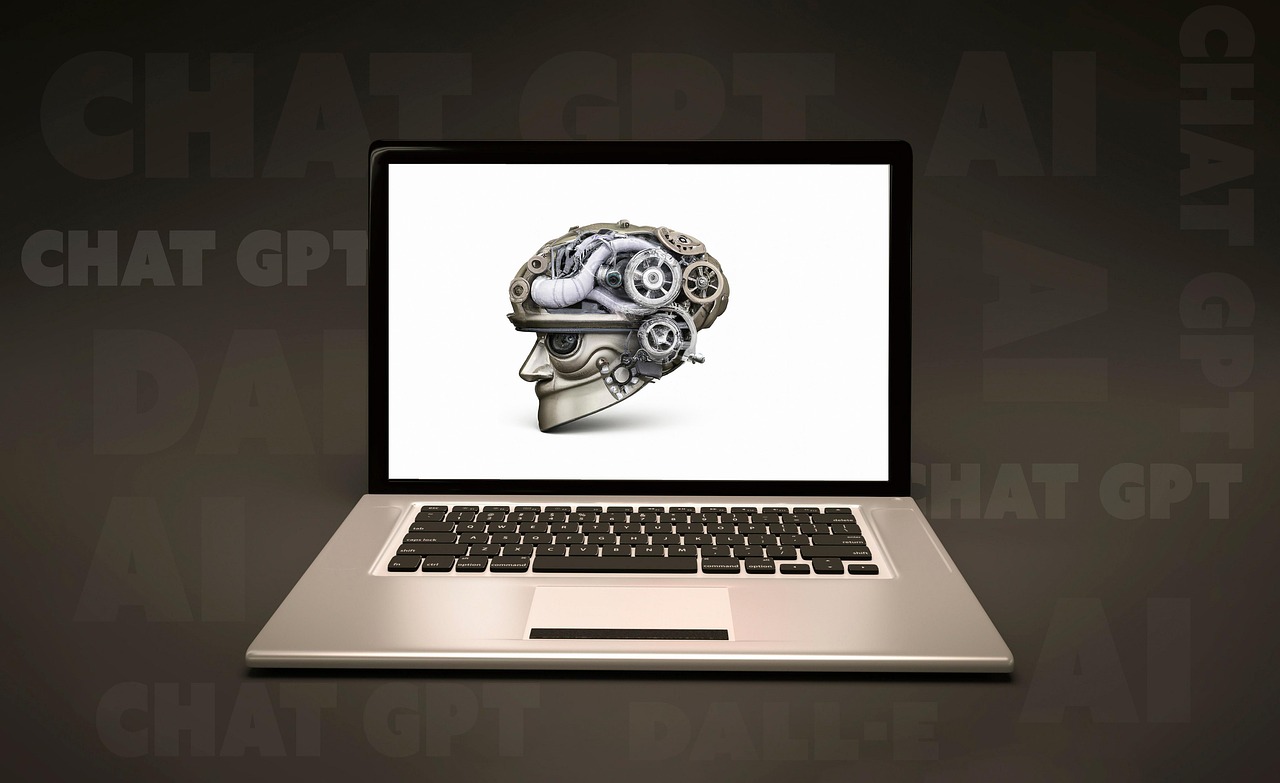Artificial intelligence (AI) is rapidly transforming the e-commerce landscape, offering businesses unprecedented opportunities to enhance customer experiences, streamline operations, and boost sales. From personalized recommendations to automated customer service, AI is no longer a futuristic concept but a vital tool for e-commerce success. This article explores the diverse applications of AI in e-commerce, providing insights and practical examples to help businesses leverage this powerful technology.
Personalization with AI
Recommendation Engines
AI-powered recommendation engines analyze customer data, including browsing history, purchase behavior, and demographics, to provide personalized product suggestions. These engines move beyond simple “customers who bought this also bought” recommendations by using sophisticated algorithms to understand individual preferences and predict future needs.
Example: Amazon’s recommendation engine is a prime example of AI at work. It suggests products based on your past purchases, browsing history, and even items you’ve added to your wishlist. Similarly, Netflix uses AI to recommend movies and TV shows based on your viewing history.
Actionable Takeaway: Invest in a robust recommendation engine that can analyze customer data and provide personalized product suggestions to increase sales and customer engagement.
Personalized Marketing
AI enables e-commerce businesses to deliver targeted marketing messages that resonate with individual customers. By analyzing customer data, AI can identify segments with similar preferences and behaviors, allowing for the creation of highly personalized email campaigns, advertisements, and website content.
Example: Imagine an e-commerce store specializing in athletic apparel. AI could identify a segment of customers who frequently purchase running shoes and send them targeted email campaigns promoting new running shoe models or upcoming running events in their area. Conversely, a customer who frequently buys yoga mats might receive promotions for yoga accessories or online yoga classes.
Actionable Takeaway: Implement AI-driven personalization tools to segment your customer base and create targeted marketing campaigns that resonate with individual preferences.
Dynamic Pricing
AI can dynamically adjust product prices based on various factors, such as competitor pricing, demand, and inventory levels. This allows businesses to optimize pricing strategies and maximize profits. Dynamic pricing models can be particularly effective for products with fluctuating demand, such as seasonal items or limited-edition goods.
Example: Airlines and hotels have been using dynamic pricing for years. During peak seasons, prices surge due to high demand, while off-season prices are lower. In e-commerce, a retailer selling winter coats might increase prices during the colder months and offer discounts during the spring and summer.
Actionable Takeaway: Explore dynamic pricing strategies to optimize your pricing based on market conditions and customer demand.
Improving Customer Service with AI
Chatbots and Virtual Assistants
AI-powered chatbots provide instant customer support 24/7, answering frequently asked questions, resolving minor issues, and guiding customers through the purchasing process. Chatbots can handle a large volume of inquiries simultaneously, freeing up human agents to focus on more complex issues.
Example: Many e-commerce websites now feature chatbots that can answer questions about shipping, returns, and product information. These chatbots can also assist customers with order tracking and provide personalized product recommendations.
Actionable Takeaway: Implement a chatbot on your website to provide instant customer support and improve customer satisfaction. Train your chatbot on common queries and integrate it with your CRM system.
Sentiment Analysis
AI-powered sentiment analysis tools can analyze customer feedback from various sources, such as reviews, social media posts, and customer service interactions, to identify trends and gauge customer sentiment. This information can be used to improve products, services, and customer experiences.
Example: An e-commerce company could use sentiment analysis to track customer feedback on a new product launch. If the analysis reveals negative sentiment related to a specific feature, the company can quickly address the issue and improve the product.
Actionable Takeaway: Utilize sentiment analysis tools to monitor customer feedback and identify areas for improvement in your products and services.
Automated Email Responses
AI can automate email responses to common customer inquiries, such as order confirmations, shipping updates, and return requests. This reduces the workload on customer service agents and ensures that customers receive timely and accurate information.
Example: When a customer places an order, an AI-powered system can automatically send an order confirmation email with details about the order and estimated shipping time. Similarly, when the order ships, the system can send a shipping update email with a tracking number.
Actionable Takeaway: Automate email responses to common customer inquiries to improve efficiency and provide timely information to customers.
Streamlining Operations with AI
Inventory Management
AI can predict demand and optimize inventory levels, reducing the risk of stockouts and overstocking. By analyzing historical sales data, seasonality, and external factors, AI can help businesses make informed decisions about inventory management.
Example: An e-commerce retailer selling seasonal products can use AI to predict demand for winter coats in the fall and stock up accordingly. Similarly, AI can help predict demand for swimwear in the spring and summer.
Actionable Takeaway: Use AI-powered inventory management tools to optimize your inventory levels and reduce the risk of stockouts and overstocking.
Fraud Detection
AI algorithms can detect fraudulent transactions in real-time, protecting businesses and customers from financial losses. These algorithms analyze various factors, such as payment information, shipping addresses, and purchase patterns, to identify suspicious activity.
Example: An AI-powered fraud detection system might flag a transaction if the billing address and shipping address are different, the purchase amount is unusually high, or the credit card is being used from a different country than usual.
Actionable Takeaway: Implement AI-powered fraud detection systems to protect your business and customers from fraudulent transactions.
Supply Chain Optimization
AI can optimize supply chain operations by predicting potential disruptions, improving logistics, and reducing costs. By analyzing data from various sources, such as weather patterns, traffic conditions, and supplier performance, AI can help businesses make informed decisions about supply chain management.
Example: AI can predict potential delays in shipping due to weather conditions and reroute shipments to avoid disruptions. Similarly, AI can optimize delivery routes to reduce fuel consumption and delivery times.
Actionable Takeaway: Explore AI-powered supply chain optimization tools to improve logistics, reduce costs, and mitigate potential disruptions.
Enhancing Product Discovery with AI
Visual Search
Visual search allows customers to find products by uploading an image instead of typing keywords. AI algorithms analyze the image and identify similar products in the e-commerce store’s inventory.
Example: A customer might see a dress they like in a magazine and upload a picture of it to an e-commerce store. The visual search engine will then find similar dresses in the store’s inventory.
Actionable Takeaway: Implement visual search functionality on your website to allow customers to find products using images, improving product discovery and customer engagement.
Product Categorization
AI can automatically categorize products based on their features and attributes, improving product discoverability and search accuracy. This is especially useful for e-commerce stores with large inventories.
Example: An e-commerce store selling clothing can use AI to automatically categorize new arrivals based on their style, color, size, and other attributes.
Actionable Takeaway: Use AI-powered product categorization tools to automatically categorize your products and improve product discoverability.
Natural Language Processing (NLP) in Search
NLP enables customers to use natural language queries when searching for products. AI algorithms understand the intent behind the query and provide relevant search results, even if the exact keywords are not used.
Example: Instead of searching for “red running shoes,” a customer could search for “shoes for running that are red.” NLP will understand the intent behind the query and return relevant search results.
Actionable Takeaway: Implement NLP in your search functionality to allow customers to use natural language queries and improve search accuracy.
Conclusion
AI is revolutionizing the e-commerce industry, offering businesses a wide range of opportunities to enhance customer experiences, streamline operations, and boost sales. By leveraging AI for personalization, customer service, operational efficiency, and product discovery, e-commerce businesses can gain a competitive edge and drive significant growth. As AI technology continues to evolve, its impact on e-commerce will only become more profound, making it essential for businesses to embrace and integrate AI into their strategies. Start small, experiment, and continuously optimize your AI implementations to reap the full benefits of this transformative technology.




